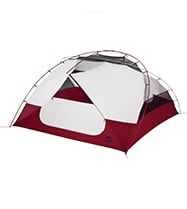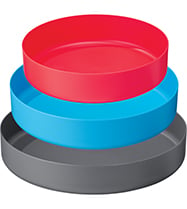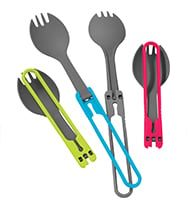6 Trip Ideas for Adventurous Family Camping
As a daycare provider of ours liked to say, “Kids are inconvenient.” While many adventurous outdoor types go into parenthood with the conviction that nothing will change with their lifestyle, the reality is this: You get a honeymoon period of a year or so while you can easily carry your kids everywhere like a loaf of happy bread. During this time, it’s safe to say, family camping is easy.
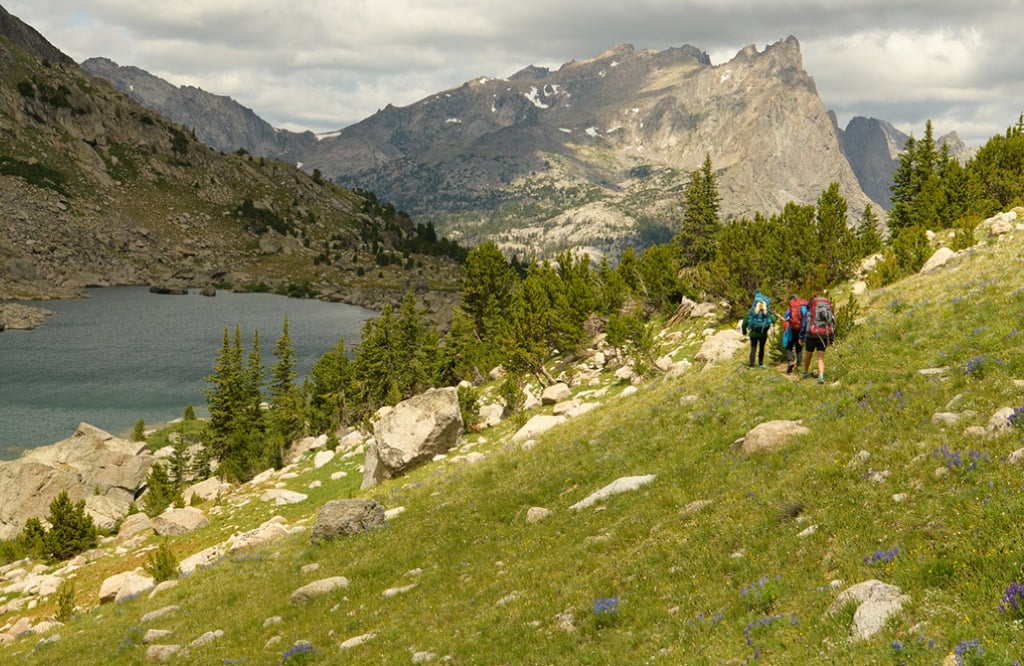
However, evolution demands that kids grow and soon, motivation and the first hint of independence wells up within our little humans. At some point, they decide the backpack ride is no longer cool, and they want to try walking like mom and dad. ALL the time. This is inconvenient.
Goodbye Kid-in-a-Backpack. Hello New Lifestyle.
As reality sets in, you learn to truly appreciate the finer things about non-technical, 1.5 mile approaches to campsites with lakes below treeline and being content just gazing and dreaming about the peaks you used to climb. But hang in there. As you continue to expose the little ones to more and more adventure, there’s a good chance you’ll be redeemed. By the time kids start grade school, their little bodies are showing signs of strength and grit. If you win the lottery, you’ll have a motivated little camper by your side, just like you imagined.
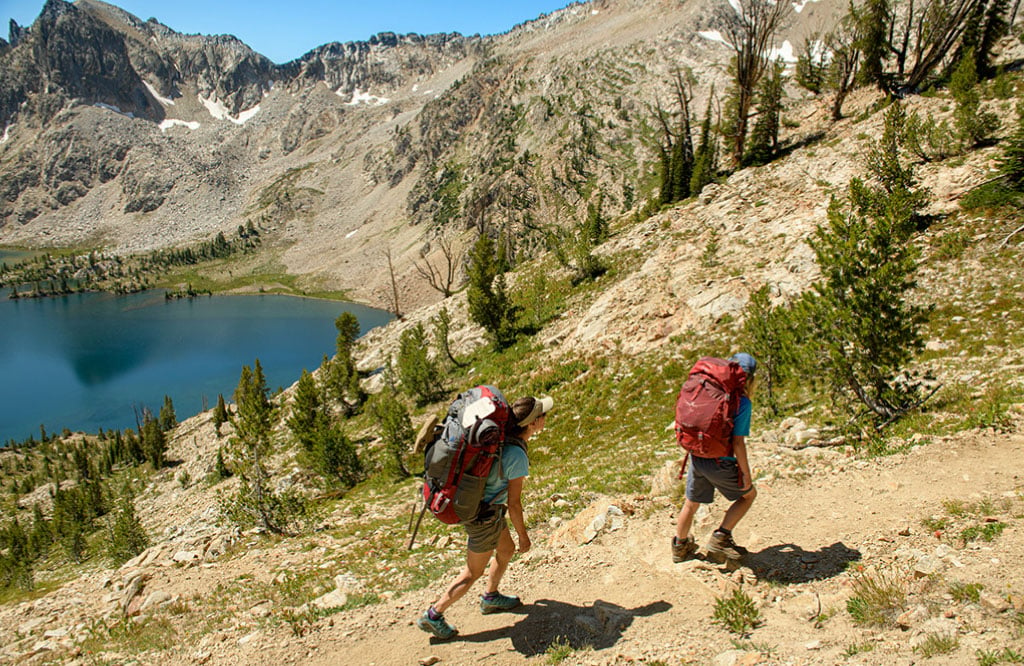
We’ve had some fantastic family adventures with our kids, and the following is our highlight reel. These are all flight-free trips for anyone in the northwestern US, and most are bucket list-worthy for the rest of you on your next western sojourn. Some of them are more challenging than others, but most are accessible to any family that has experienced parents and adventure-motivated kids.
Family Camping Trips for Summer
It’s hard to choose just one, so here are two. Both are backpacks that we did as the main event, wrapped in our favorite thing—a road trip.
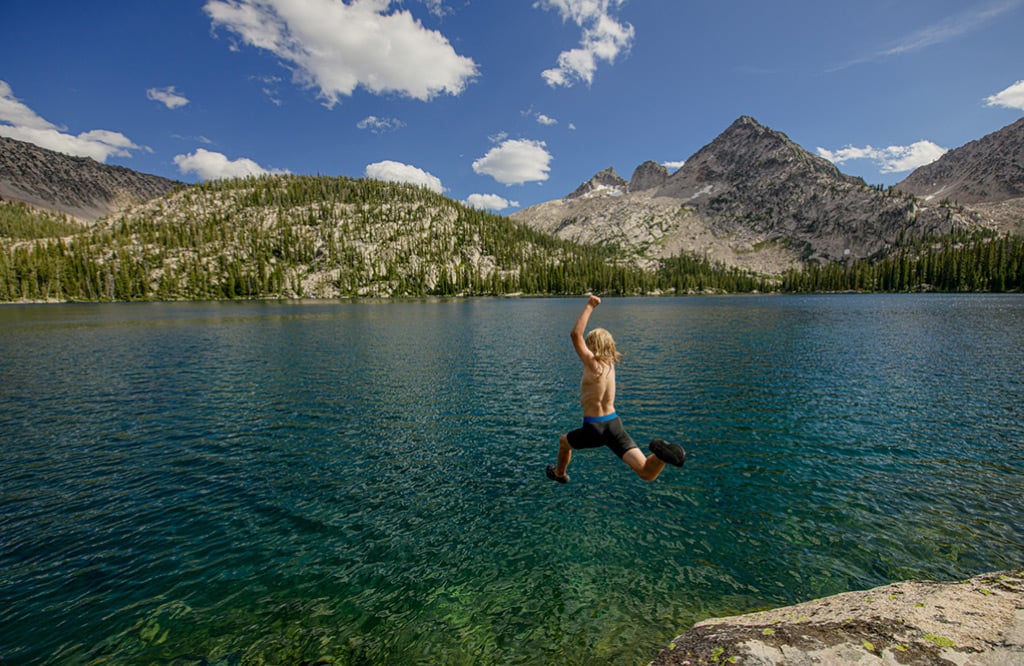
Alice/Toxaway Loop, Sawtooths, ID
In a Nutshell: 3-5 days. A world-class, 18.5 mi. backpack with light and gradual elevation gains at moderate altitude and spectacular alpine lakes.
One of the most amazing mountain ranges in America rises between Stanley and Ketchum, Idaho. With low-mileage days punctuated by fly fishing, ridiculous views and dips in beautiful mountain lakes, this loop into the Sawtooth Wilderness Area is a crowning jewel when it comes to relatively easy access to a wild and stunning landscape.
Officially known as the Bowknot Lake Loop Trail, the Tin Cup trailhead on Petitt Lake is where you’ll begin and end this trip. Most online descriptions (there are MANY) are of counter-clockwise laps but, having done the opposite, we saw no clear advantage to either. Right in the middle, a spectacular yet well-graded trail rises to a pass at 9500’—just 1500’ above the trailhead—so the grade is never bad and the altitude is moderate. We chose four nights out so we could stay somewhere for two nights and the pace was relatively easy. Next time we’ll take one of the many cool day hikes into an adjacent basin from a high camp.
Know before you go:
- Avoid weekends to minimize the crowds.
- A dream trip for fans of lake swimming.
- Get details about the Tin Cup Hiker Trailhead here
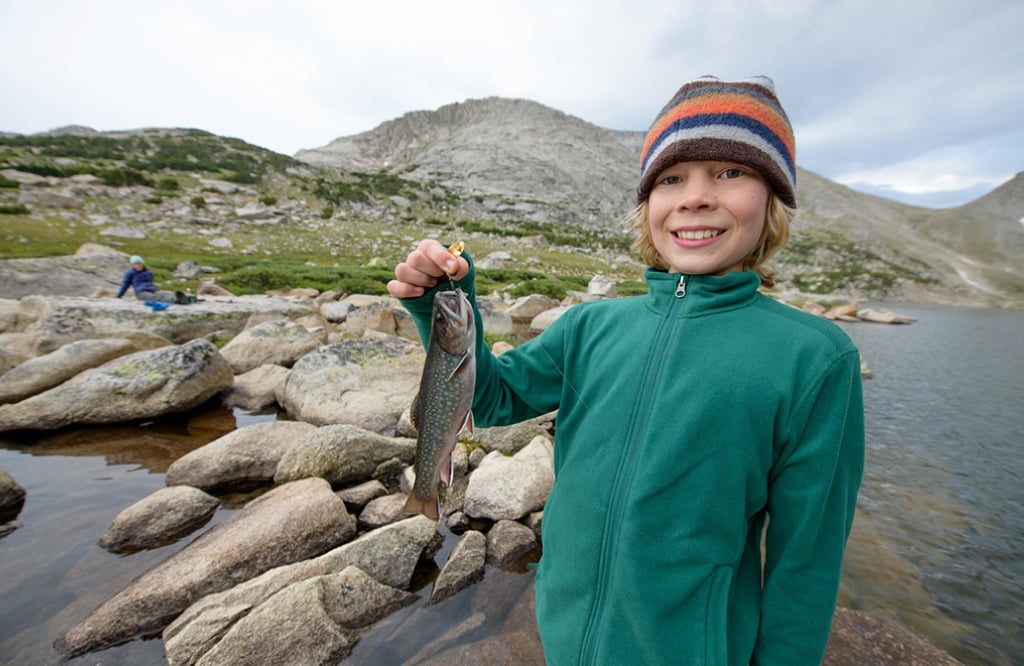
East Temple Peak, Temple Lake Loop, Wind River Range, WY
In a Nutshell: 3-5 days. A surprisingly easy 18-ish-mile loop into alpine nirvana with notoriously hungry trout and an optional summit to scramble up.
Though this is the “busiest” trailhead in all of the Wind Rivers, it’s still hard enough to get to that it rarely feels it. The first six miles fly by, gaining just 650’ on the way to Big Sandy Lake, itself a fine destination for wee ones, with great camping along the south side of the lake.
From the far end of the lake, most choose the trail to Clear and Deep Lakes below Haystack Mountain for an out-and-back. We forked right, up the short, but steeper Rapid Creek trail and had Temple Lake all to ourselves. From there, the imposing, 12,539’ summit of East Temple Peak is a straightforward walk with light scrambling from the saddle between it and Temple Peak. Adding the optional summit puts the perfect exclamation point on a stunning loop through immense granite peaks laced with wildflower meadows and strings of alpine lakes.
Know before you go:
- This place is remote and, though rare, grizzlies have been seen here. Bear containers aren’t required, but hanging food and being bear-aware are.
- Plenty of free-to-camp National Forest Service Land and a campground at the trailhead for spending the night before or after.
- Get details on the Big Sandy Trailhead here.
Family Camping Trips for Fall/Spring
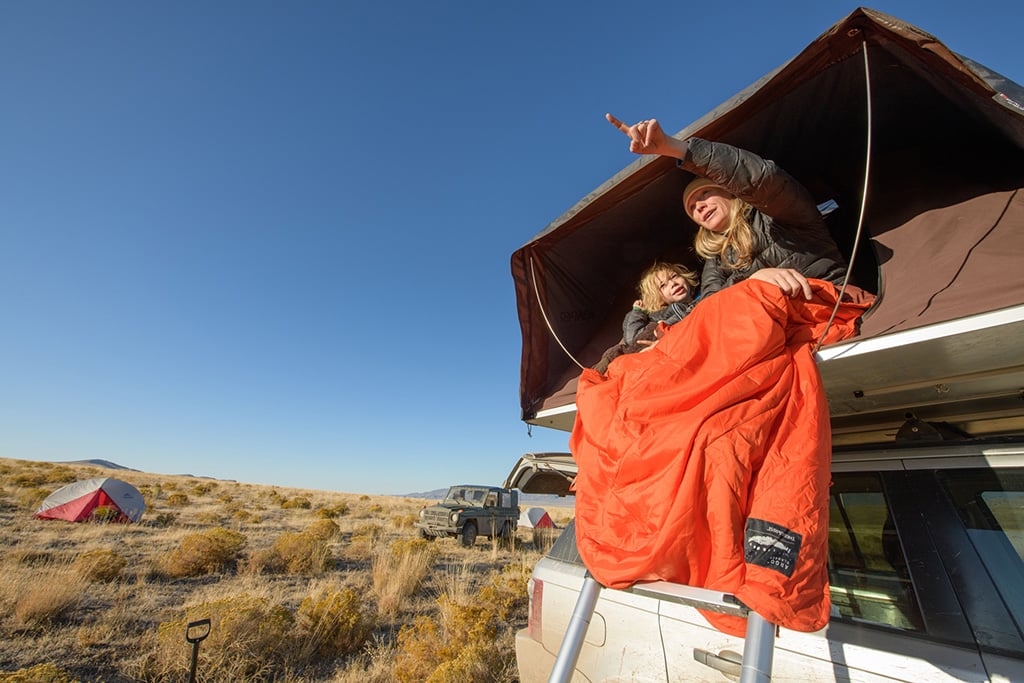
Alvord Desert/Owyhee Canyonlands, OR
In a nutshell: 5-10 days or a lifetime. A fun road trip to a surreal, remote landscape with hot springs, hiking, lots of dispersed camping options and limitless potential.
The adventure here is in the travel itself and the many spectacles—natural and otherwise—to be found. Sitting between the 50-mile-long Steens Mountain to the west and the vast Owyhee Canyonlands to the east, the Alvord sits on the northern edge of the Great Basin amidst a sweeping landscape of rolling mountains and high desert sage.
Once fall cools things down, camping on the lake bed is otherworldly, with unpolluted skies packed with stars. There’s a hot spring nearby and, with many hundreds of miles of dirt roads (many require high clearance and/or 4WD), you can explore one of the most sparsely populated and stunning regions in the lower 48. There are so many amazing things to see in this vast area, you’ll spend a lifetime finding them all. Start with the jaw-dropping Steens Mountain Loop Road (you can camp up there too) and be sure to include a trip out to the canyonlands to see the head-scratching Jordan Craters or dive deep into a canyon at Leslie Gulch. Wrap your trip with a night at Crystal Crane Hot Springs and you’ll be looking for excuses to return.
Know before you go:
- It’s a massive area—take an extended trip!
- Very few services in the area and little cell coverage.
- In fall, snow and sunbathing could both be possible.
- DO NOT attempt to drive on the lake bed if it’s wet or has recently rained. You will get stuck. (This goes for some of the dirt roads too. 4WD is generally recommended for off-highway driving.)
- An app like GaiaGPS is a must for navigating the backroads and avoiding private land.
Family Camping Trips for Winter
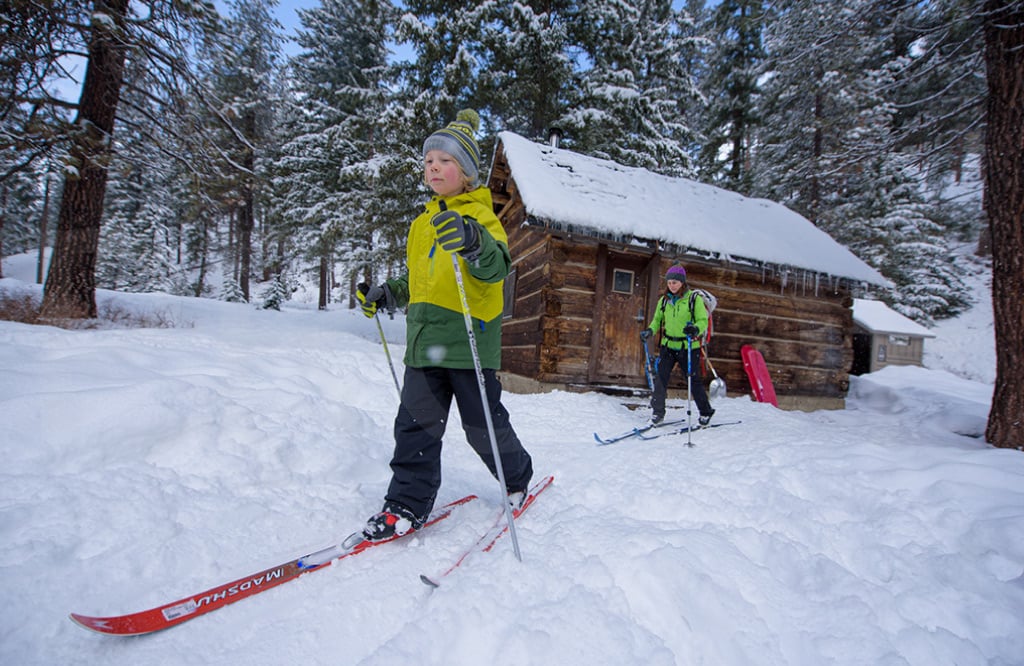
Ski-in Forest Service Guard Stations
In a Nutshell: 2-3 days. Take advantage of old Forest Service Guard Stations for rustic winter adventure.
Though it takes some searching it’s worth locating guard stations available for rent across the mountain west and northwest. Occupancy, amenities and seasonal availability range wildly, but we found an odd gem in the Teanaway Guard Station. It’s open most of the year, requires a mandatory yet easy XC ski-in of just a few miles, and you feel as if you’re in the middle of nowhere in winter.
Definitely for the adventurous, the cabin is tiny and dark, but there’s a wood stove, pit toilet, lamp and ample supply of wood out back. Though it’s listed as a maximum occupancy of two, we squeezed my wife and son head-to-toe onto a bunk and made it through the night just fine. Living like it was 1915 for the weekend was surprisingly fun for us all. We skied around, split wood, built a snow fort and made good use of our gear sled on a hill right behind the cabin.
Know before you go:
- Find Guard Stations and Fire Lookouts on individual National Forest unit websites.
- Can be REALLY rustic and most don’t have water.
- Cabins open in winter are hard to find!
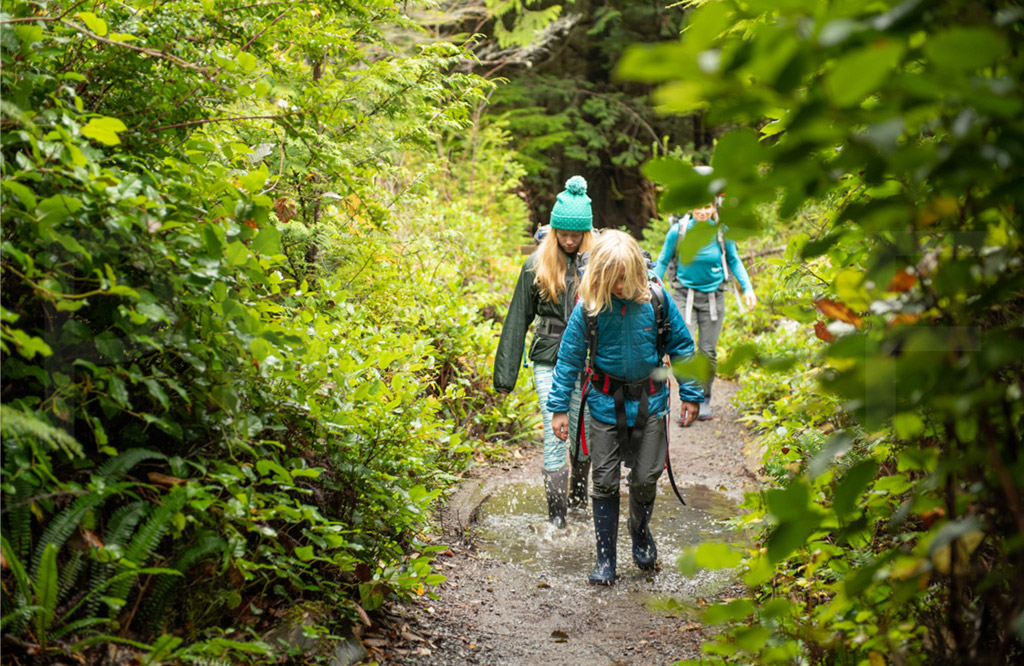
Winter Olympic Coast Backpacks, WA
In a Nutshell: Empty beaches, amazing storms and maybe even a touch of spring.
Everyone knows the coastal beaches of Olympic National Park are unbelievably gorgeous. Everyone. That’s why we like to go during the edges of winter when the crowds are gone, days are still long enough to enjoy and temps are moderate. If you have the luxury of planning around a forecast, you can pick a solid window, or just roll the dice. We’ve had everything from intense storms to t-shirt weather and always had an amazing time.
Among many other options, the Ozette Triangle is an easy backpack for families, and doing it in winter raises it to a real adventure. The trailheads to Shi Shi Beach (our favorite) and Second Beach are managed by the local tribes that govern that land and require various permits and/or passes. Check here for the current status.
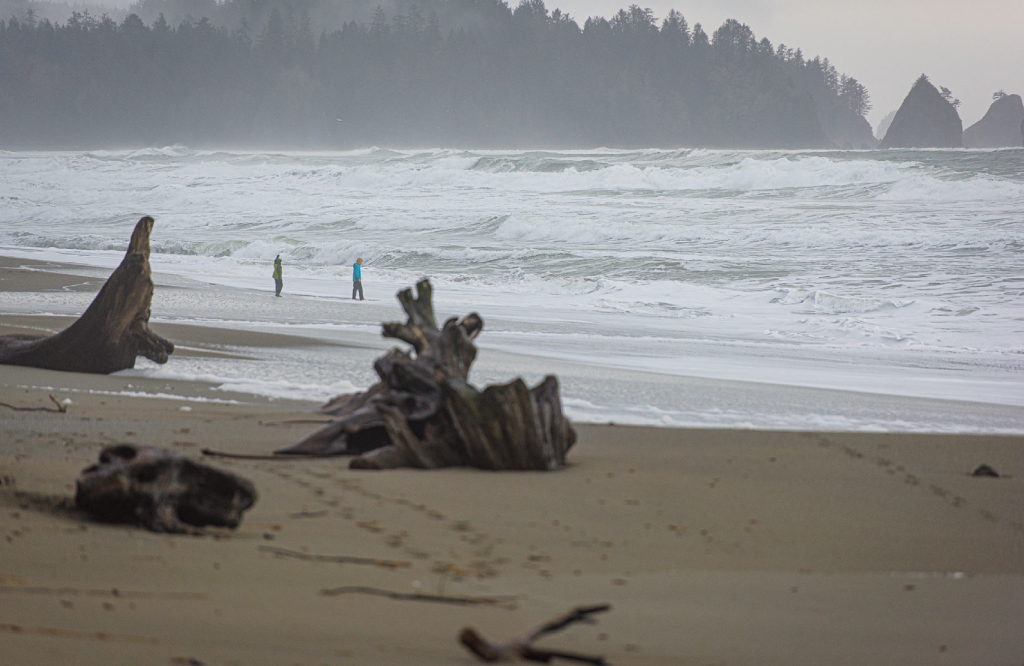
Know before you go:
- Permits must be obtained at Park Headquarters in Port Angeles before you go. It’s a hassle.
- Bear canisters are required on the coast (for the occasional black bear, but mostly raccoons and rodents) and you can rent them when you get your permit.
- Bring some dry wood or firestarter. Fires below the high tide mark are fine and there is plenty of driftwood for an amazing campfire.
Family Camping Trips for (LATE) Spring/Early Summer
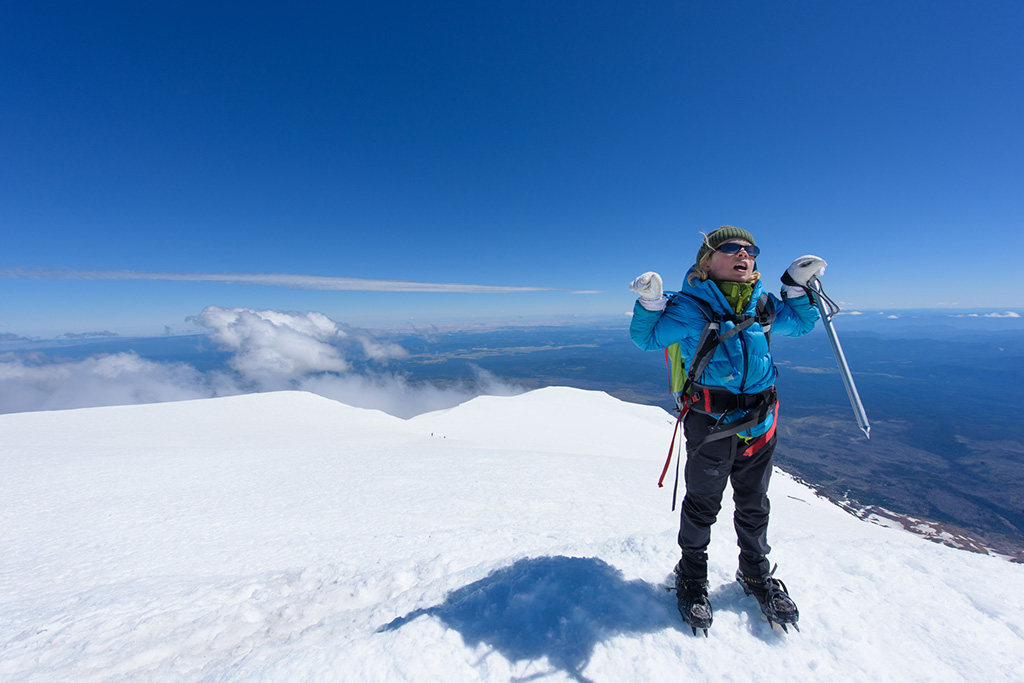
Mount Adams South (Lunch Counter) Climb, WA
In a Nutshell: A crevasse-free, relatively mellow route to the second tallest volcano in Washington with an unmatched glissade down.
Climbing a 12,000’+ volcano might seem a little nutty for a family, but if your kids are responsible enough to take and apply your excellent instructions in basic self-arrest on snow (almost never a concern on the main route up) and walking in crampons, this is an amazing outing.
There are no crevasses, mostly mellow snow slopes the entire way to the top, and unreal glissading chutes on the way down, making for a speedy, fun and easy descent. This was our son’s first volcano (at 9 years old), so we took a leisurely four days to climb it, allowing a day for practicing snow travel and resting up for the climb. We then had a full night’s rest at camp after the summit, before heading out the following day. Typically, by mid-June/early July, the weather is getting more stable and the snowpack has largely turned into an immovable mass, letting you focus on just putting one foot in front of the other.
Know Before You Go:
- Get required permits here.
- Not recommended for parents who aren’t already very comfortable and familiar with navigating such terrain.
- Fitness required, but you can always turn around, and just camping up there is amazing.
- Get route info here.
Related Posts
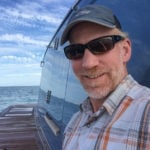 Jim Meyers
Jim Meyers
Jim Meyers survives between road trips by pushing all the buttons at Vertizon Photography He is also a recovering copywriter, turned freelance writer. He’s climbed, skied, backpacked, cycled and fly fished extensively throughout North America and is selfishly raising two budding adventurers with his wife and Type-2 fun soulmate in Seattle, WA.
Updated. Originally Published August 6, 2020.

